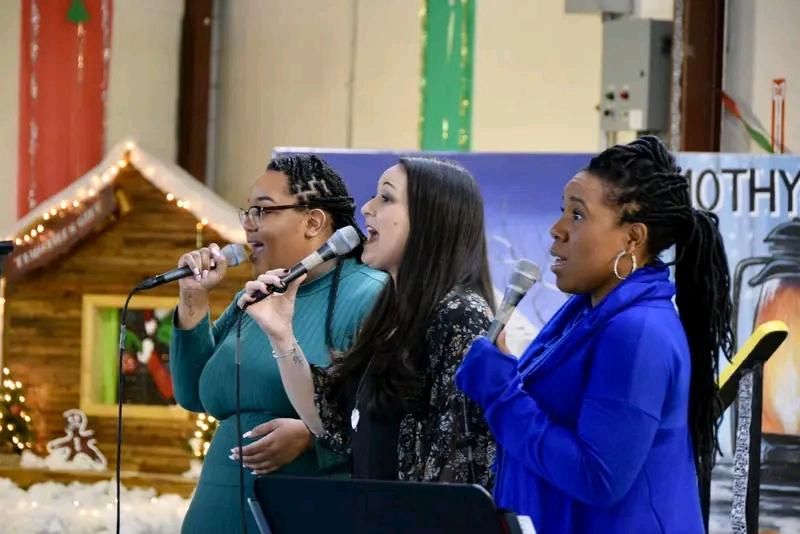
FirstWatch would lead to better relationships with the people who are still on the outside,” such as friends and family members.
San Quentin appears to take these benefits seriously. The prison is a hub of media-making. Its media center turns out a glossy magazine called Wall City, the San Quentin News, a closed-circuit news channel, the beloved podcast “Ear Hustle” and FirstWatch.
The decision to have this kind of programming at the prison was at first based on common sense, Robinson said. “[San Quentin Warden] Ron Davis and his predecessors saw that 90 percent of people incarcerated in California end up returning to their communities. How do you want a guy to return to the community? Do you want a guy who’s been locked away and whose only opportunity has been to hone his criminalistic skills?” he asked. “Giving a person hope and a new way of looking at things is the better course of action.”
With time, he said, the numbers bore out these common-sense ideas: Participants in San Quentin programs like the Prison University Project and Guiding Rage Into Power showed huge decreases in recidivism (Guiding Rage Into Power claims a recidivism rate of 0 percent, contrasted with a statewide rate of 66.7 percent rearrested within three years). On a national scale, a 2014 RAND report found that inmates who participate in education programs have a 43 percent lower likelihood of repeat offenses and that every dollar invested in inmate education saves $5 on reincarceration costs over three years.
Mallick plans to create a similar program at the California Institution for Women, roughly 50 miles east of Los Angeles, with the hope that LA’s nearby film community will provide equipment and expertise to the women there.
But replicating San Quentin’s level of programming, particularly arts programming, at other facilities would be tough. The prison is in affluent Marin County, just outside San Francisco, with all its attendant wealth and resources — FirstWatch itself was funded with a single gift to Re:store Justice from an anonymous donor, along with in-kind donations of software, computers, and other film equipment. The Bay Area is a hotbed of criminal justice reform activity, so activists and nonprofit employees can easily commute to teach classes.
And, as the FirstWatch crew emphasized, the climate in San Quentin allows for education and self-reflection. “We’re in a very unique place in San Quentin,” said Travis Westly, 36, one of the newer members of FirstWatch. “Because of our environment, we can let our guard down. In another institution, I may have been associated with [the other men in FirstWatch], but we definitely wouldn’t have been friends. When you put people in an institution where you provide hope, you give them the ability to change themselves … I think it’s important for us to identify that change is possible. And if you give someone the opportunity to change, you never know what those results may be.”
A version of this story also appears in The Christian Science Monitor.


Leave a Reply